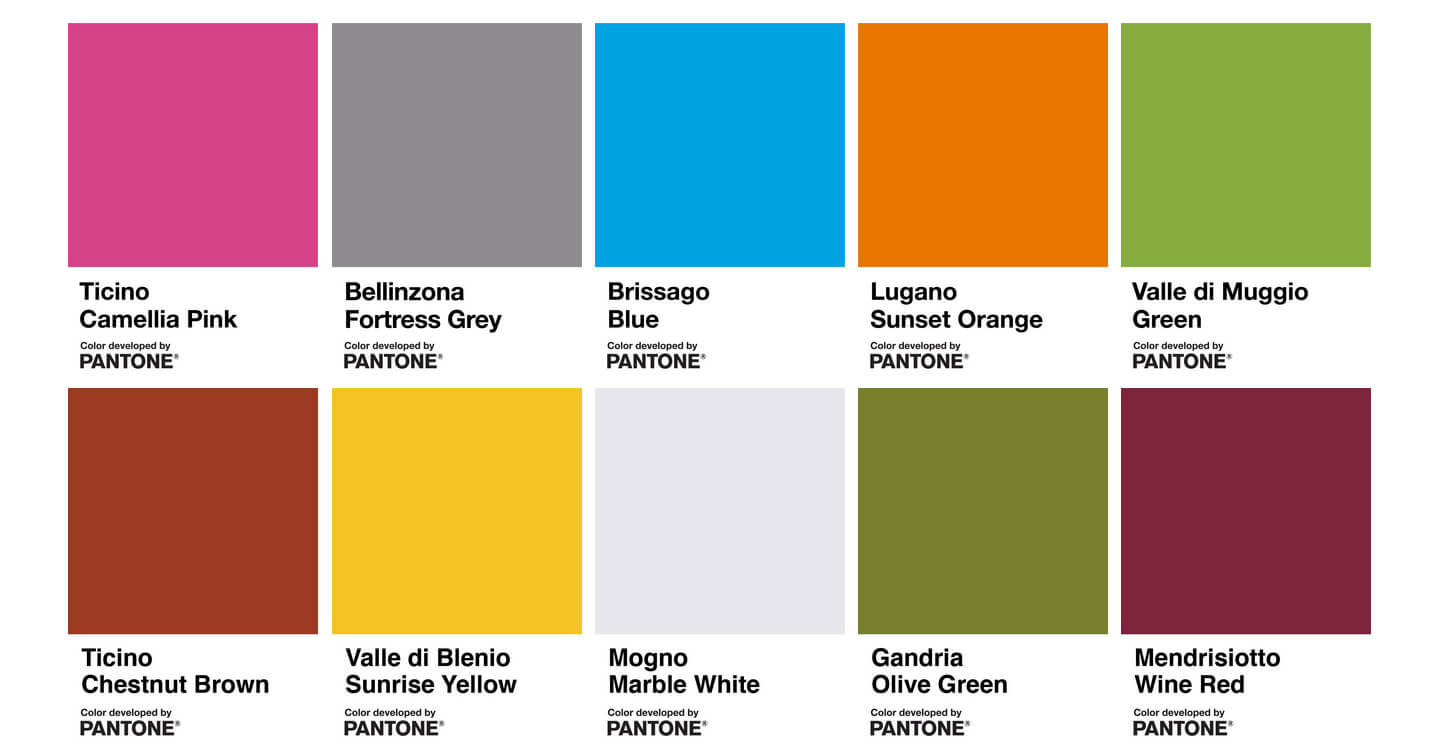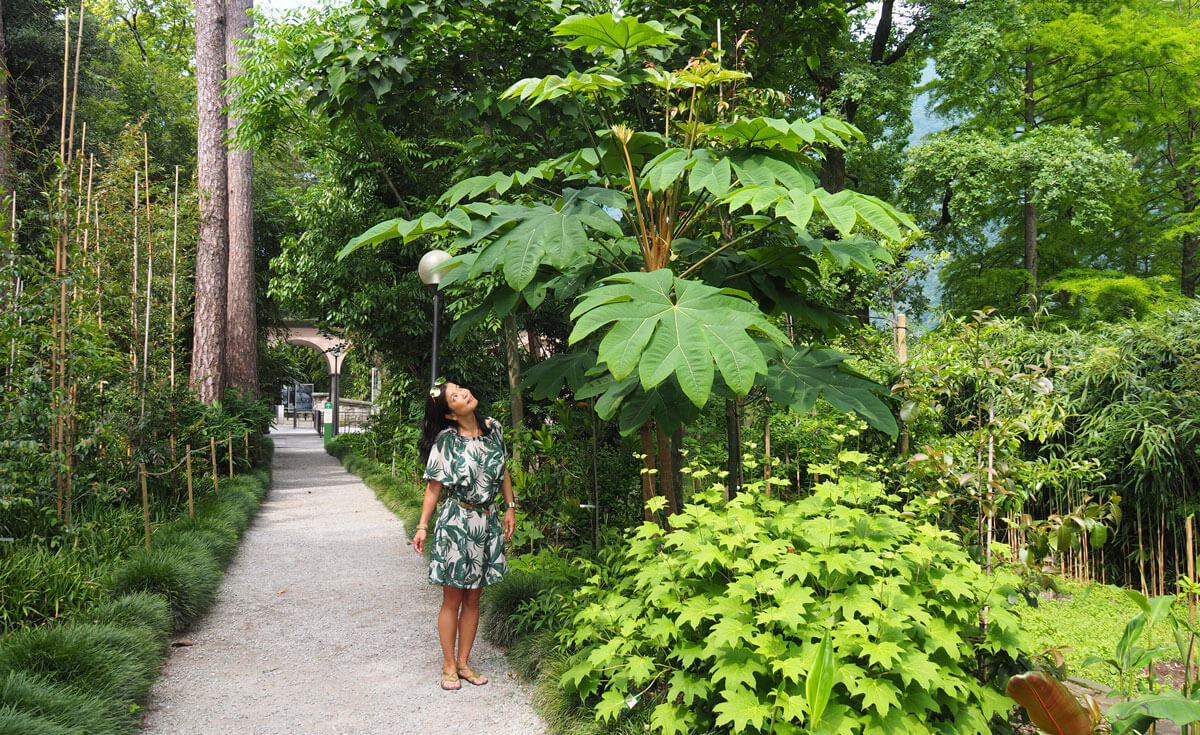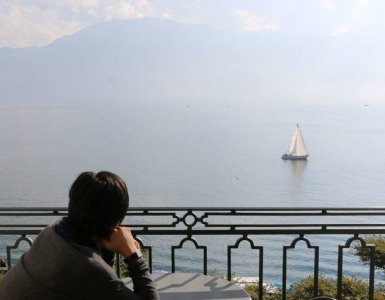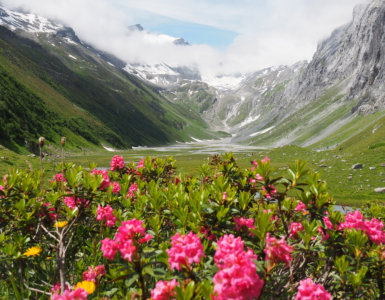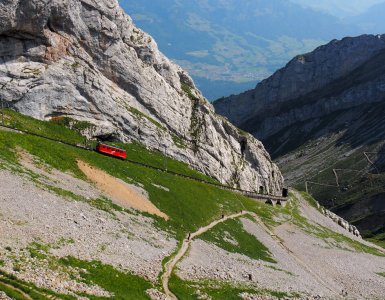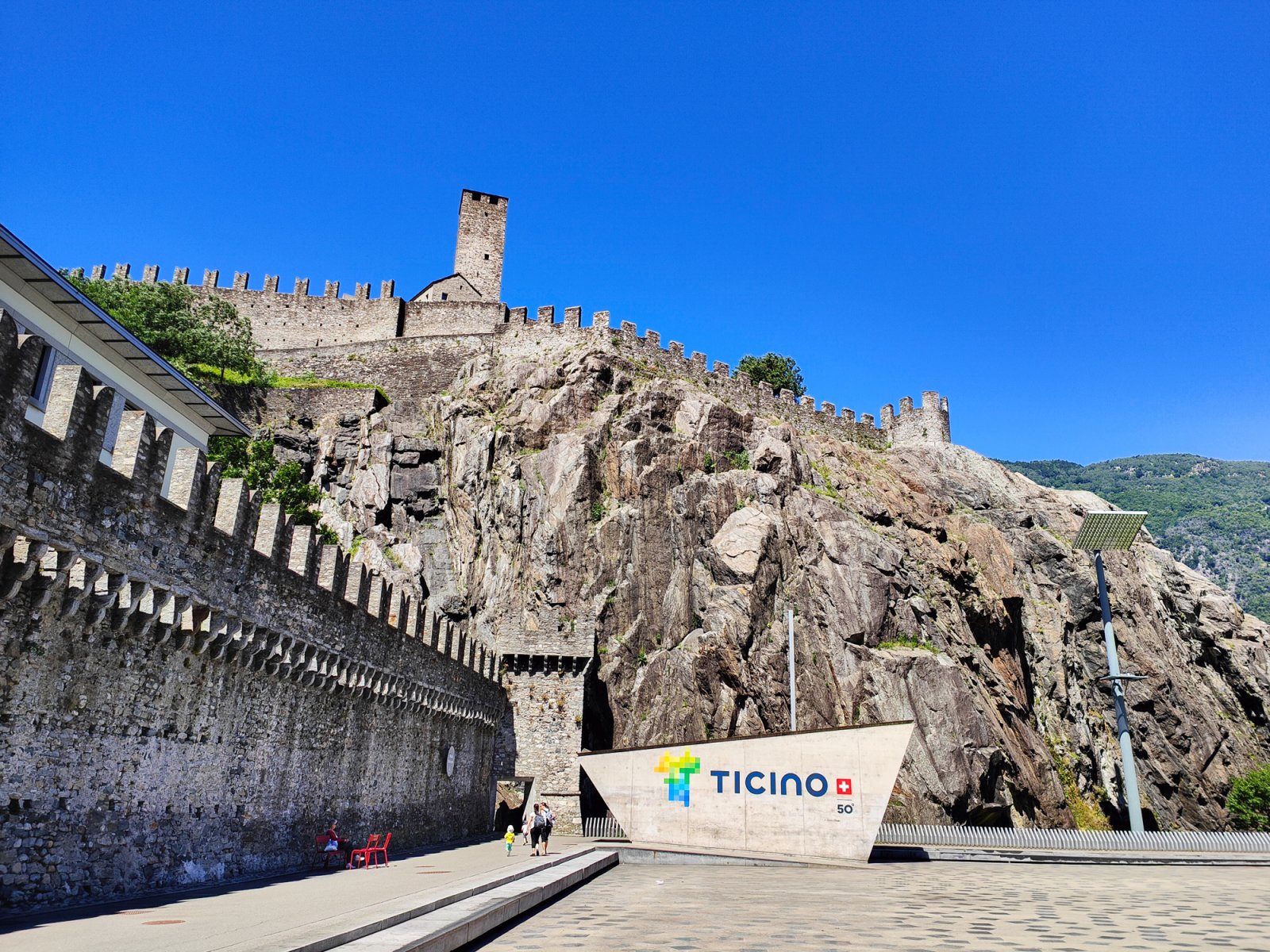
Traveling with a purpose in mind boosts any trip to the next level.
What do I mean by this? Say you’re planning a getaway to an already visit-worthy destination. Imagine Ticino in Switzerland’s south with its lakes and forests.
If those Mediterranean vibes were not enough to forget about your everyday life back home, there is a trick to boost the experience even more. We have used this trick numerous times while traveling the world. In Rio de Janeiro, we traced the graffiti street art scene by foot. And in Kyoto, we peeked into workshops to learn about craftsmanship.
Do you see what I’m getting at?
Adding a theme or a purpose to a trip gives it another layer. It makes the experience that much more profound. Here in Switzerland, Ticino has repeatedly proven that the destination is a splendid place to visit as it is, but also a fun one.
One year, they installed oversized swings in scenic spots.
And this year, Ticino has worked with the Pantone Color Institute to create an iconic color palette. (Yes, those are the actual Pantone people behind that famous color wheel.)
And obviously, we couldn’t resist finding out more and going on a color hunt in Ticino. But before I take you on our colorful journey, let me give you some background on the Colors of Ticino concept.
When the Pantone Color Institute meets Ticino
Colors can bring back memories of the places we have previously visited. And colors can inspire us to go on new journeys. As colorful as it is, the Ticino region understood these fundamentals.
Together with the renowned Pantone Color Institute, they identified a unique Pantone color for each of their four regions.
This is precisely what I was getting at in the introduction. Traveling through the lens of color is an excellent example of adding texture to a trip. And so, we traveled to Ticino with eyes wide open in search of those unique colors.
Are you curious whether we’ve found them all in one trip? We’ve scored five out of ten so far - read on to see which ones…
Bellinzona Fortress Grey
In the capital of Bellinzona, grey is the dominant tone. There are no less than three Medieval fortresses in this strategic location between north and south. The rock used to build these structures, and the defensive walls, are naturally grey.
As we wander around this vibrant city, we discover 50 shades of grey (no pun intended!) on doors, floors, and walls. But the motherload of grey is waiting for us at Montebello Castle. There, we climb the castle walls for bird-eye views of the town below.
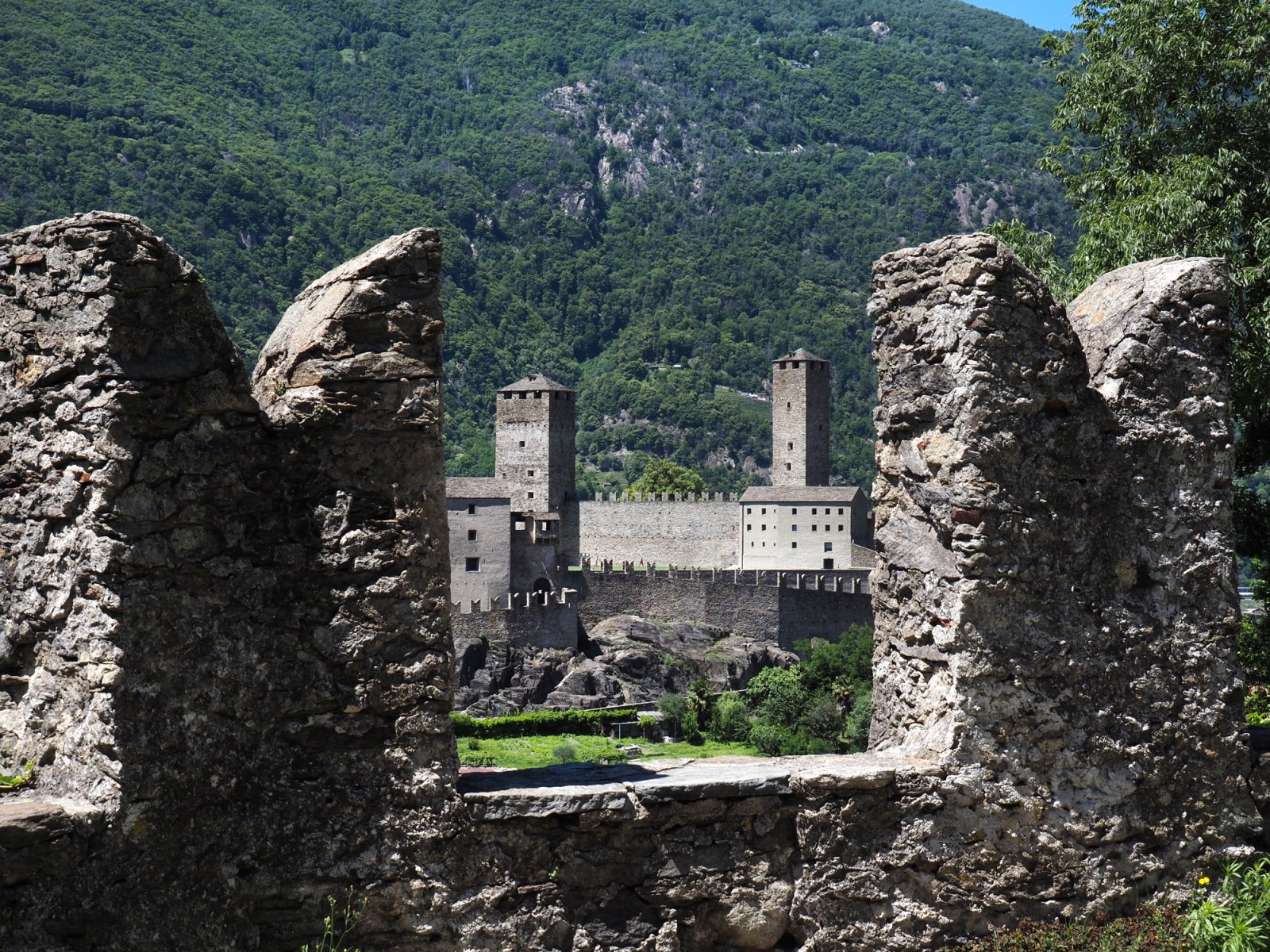
And we realize why they picked Bellinzona Fortress Grey as an iconic Ticino color; it nails this place's cultural heritage and long history.
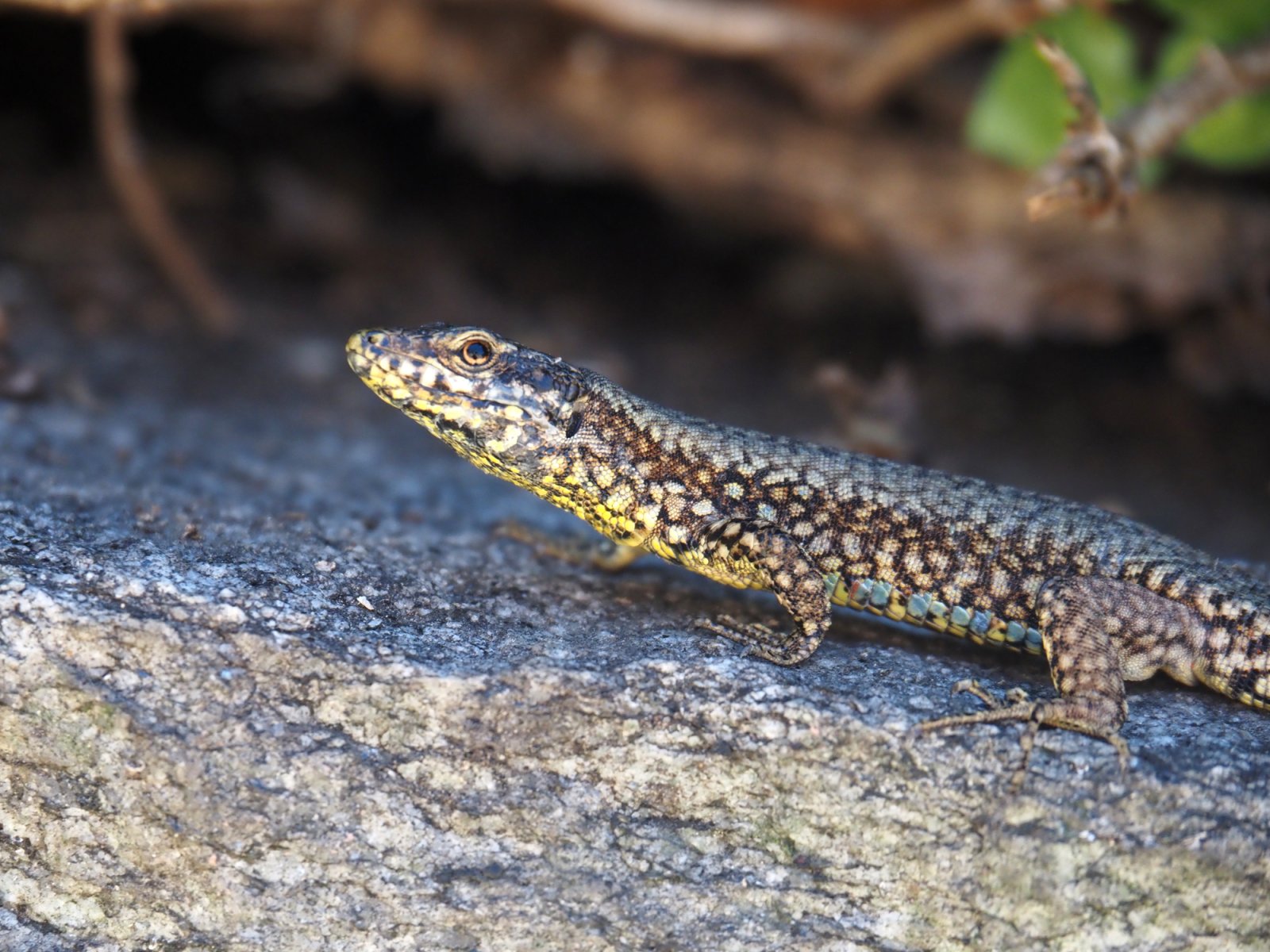
Valle di Muggio Green
Despite its sun-drenched location in the south, Ticino is all but dried out. The rivers and streams from the north feed the endless forests, creating soothing green oases.
One of the best places to experience the endless green hues is the remote Valle di Muggio. (We have dedicated an entire guide to this valley, the “friendliest place in Ticino.”) The valley is still relatively unknown, allowing the fauna and flora to thrive.
On our hunt for Valle di Muggio Green, we decide to gain some perspective. Instead of hiking deep into the valley with its chestnut forests and gentle hillsides, we ride the funicular to the top of Monte Generoso.
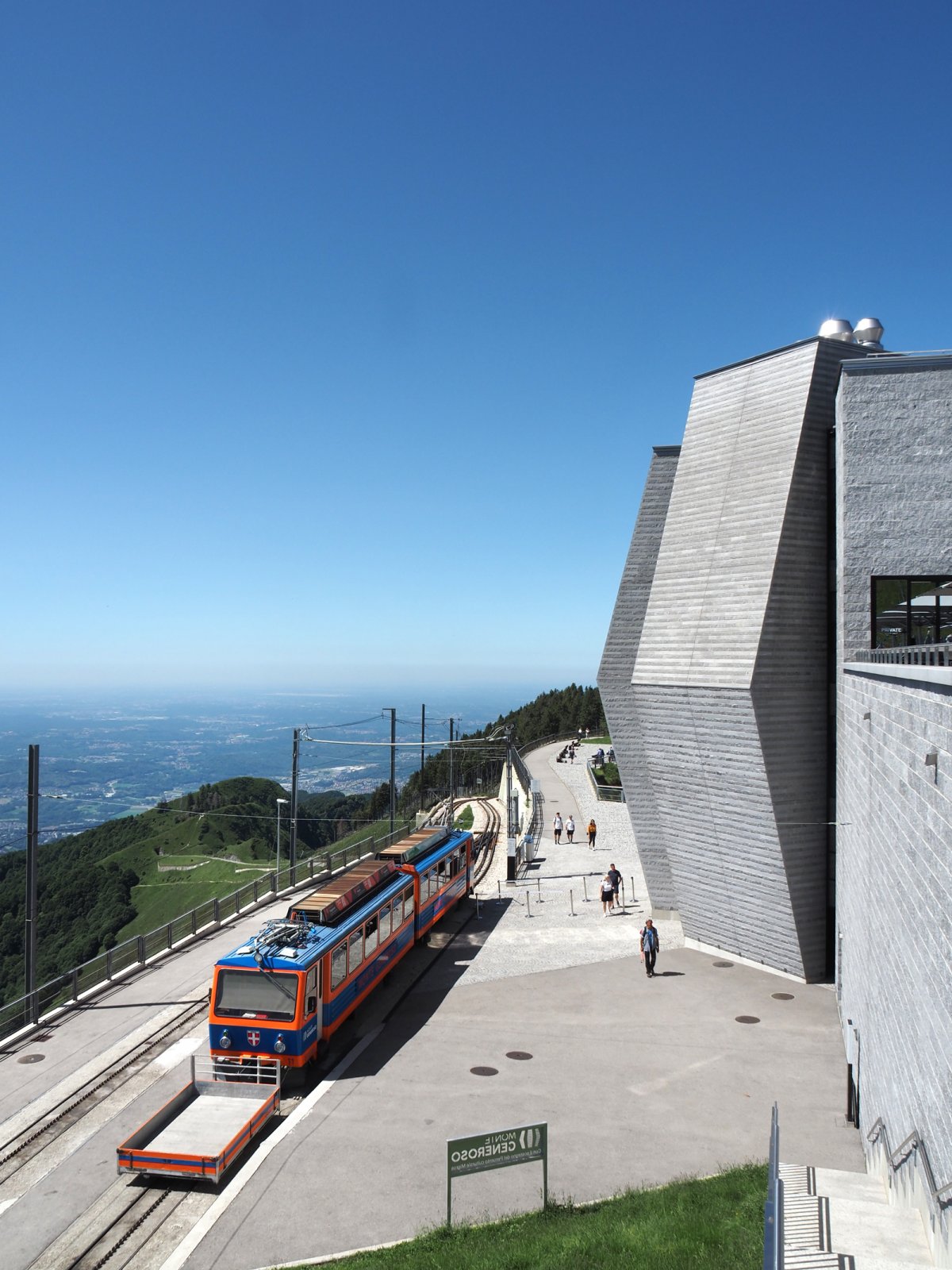
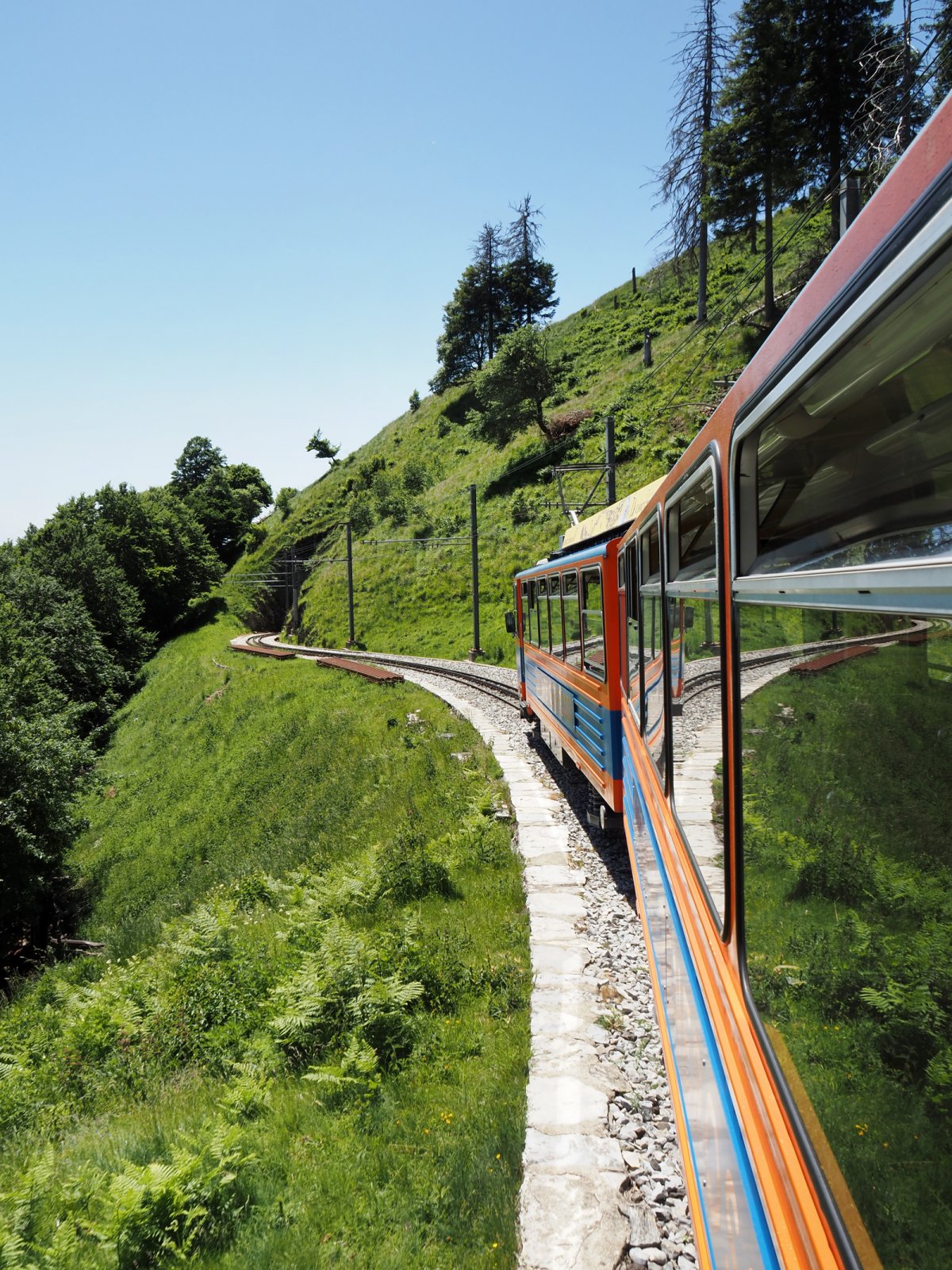
This impressive peak borders the Valle di Muggio, and the train ride opens up ever-new views of the green landscape. From the top, we can make out the dense forests of this valley. And we imagine how vital this natural “lung” is for our planet: it fills the atmosphere with oxygen, providing a habitat for numerous plant and animal species.
Our advice: start your hike at the Breggia Gorge Park in the Valle di Muggio. There, you will encounter waterfalls and the crystal-clear Breggia River.
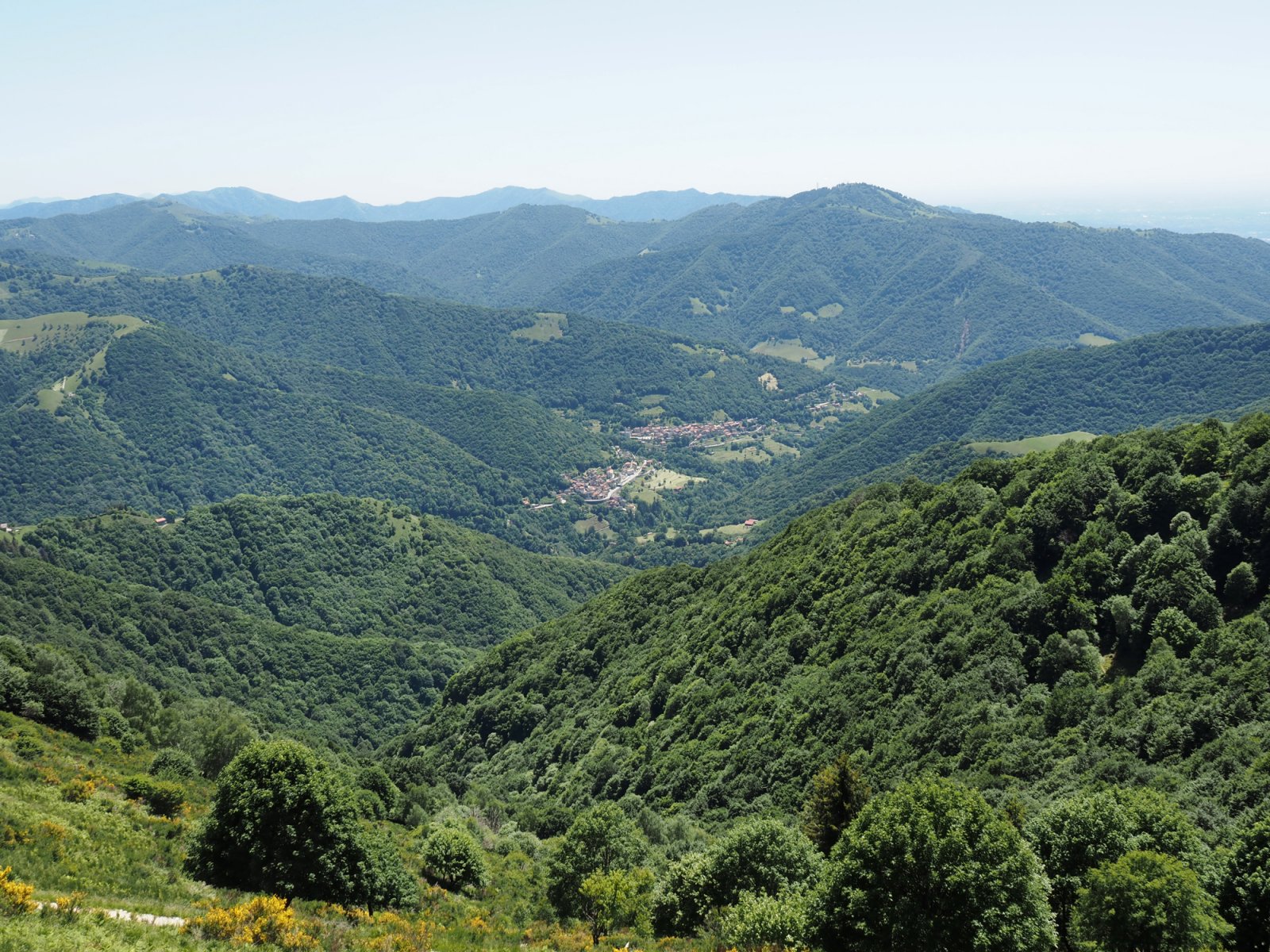
Brissago Blue
Lago Maggiore is quintessential Ticino for me. The glittering waters, leisure boats, and lakeshore promenades tick all the boxes.
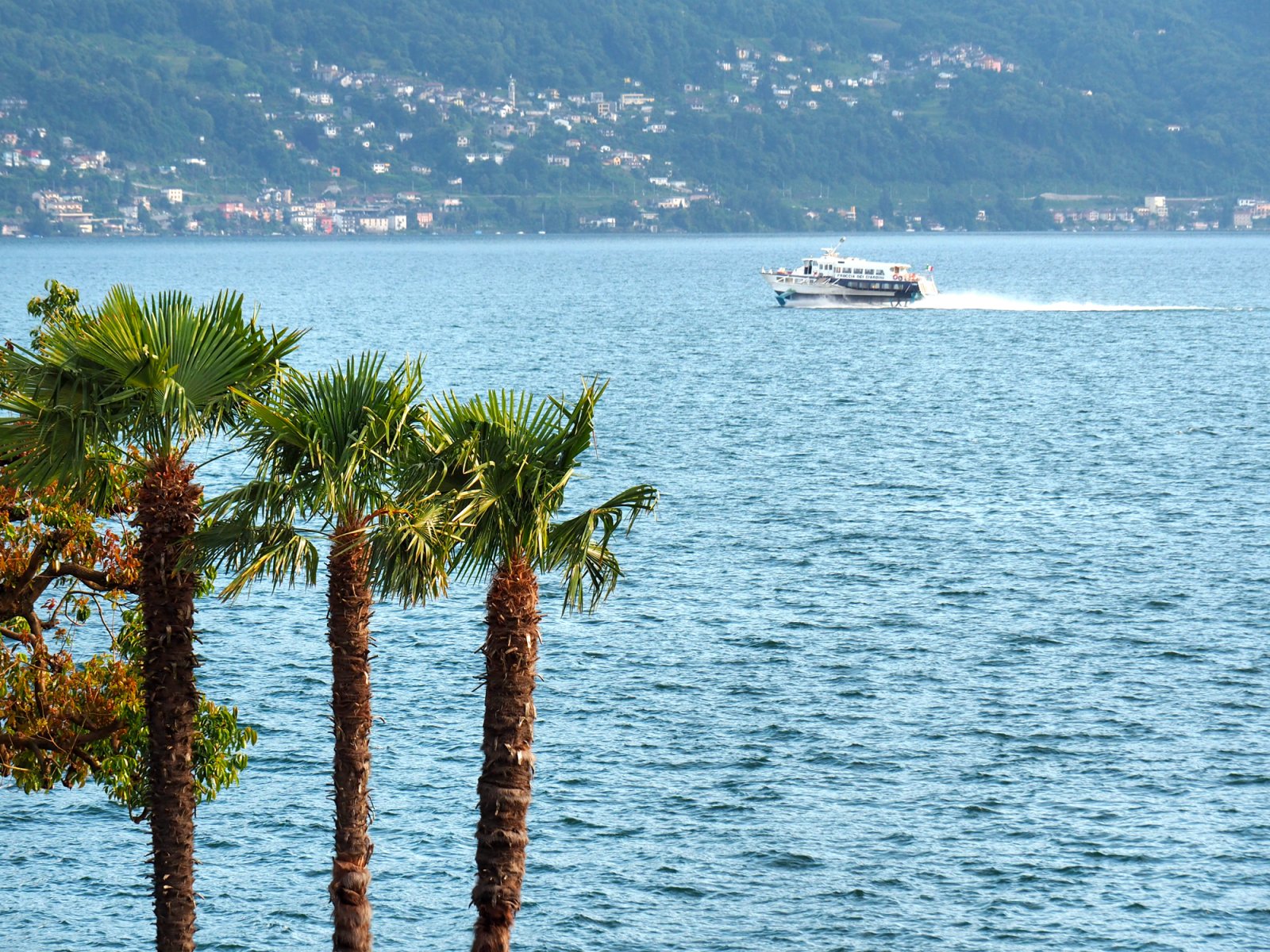
And most of all, the subtropical Brissago Islands are a little paradise on earth. Like two jewels, these islands are home to about 1700 plant species from all five continents. While the bigger island can be visited, Isola di Sant'Apollinare is largely left untouched.
At the lowest elevation of any spot in Switzerland, the Pantone experts have discovered Brissago Blue. This hue is energizing, yet it has a calming effect all the same.
Our advice: venture deep into the Maggia Valley to Grotto Pozzasc in Peccia. Reachable by foot from the town, you will quickly see why it was worth every step. For one, there is a typical grotto inn serving hearty polenta and stew, local cheeses, and more.
But right beside the grotto is a natural spectacle that takes our breath away: a pool of crystal clear turquoise water at the bottom of cascading waterfalls! It truly deserves its own Pantone color tone…
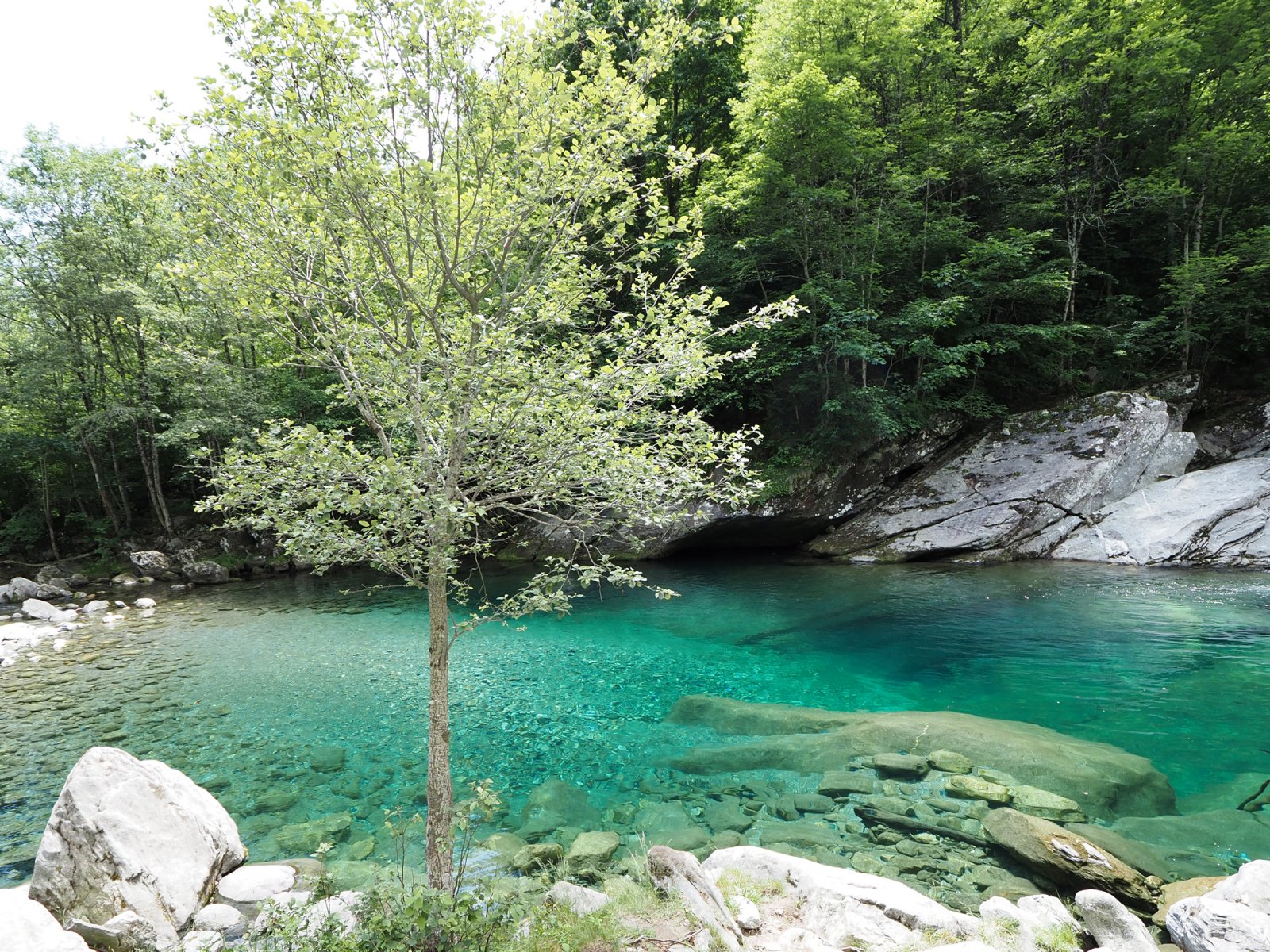
Mogno Marble White
Mario Botta is a local Ticino architect who has left his mark on many iconic structures. We have long wanted to see the Botta church in Mogno, located at the very end of the Maggia Valley in Val Lavizzara.
On the same site, there was a church as far back as 1626. Yet during an avalanche in 1986, the historic structure was entirely swept away. And this tragic event prompted Mario Botta to design a modern rendition of a church that would withstand natural disasters in the future.
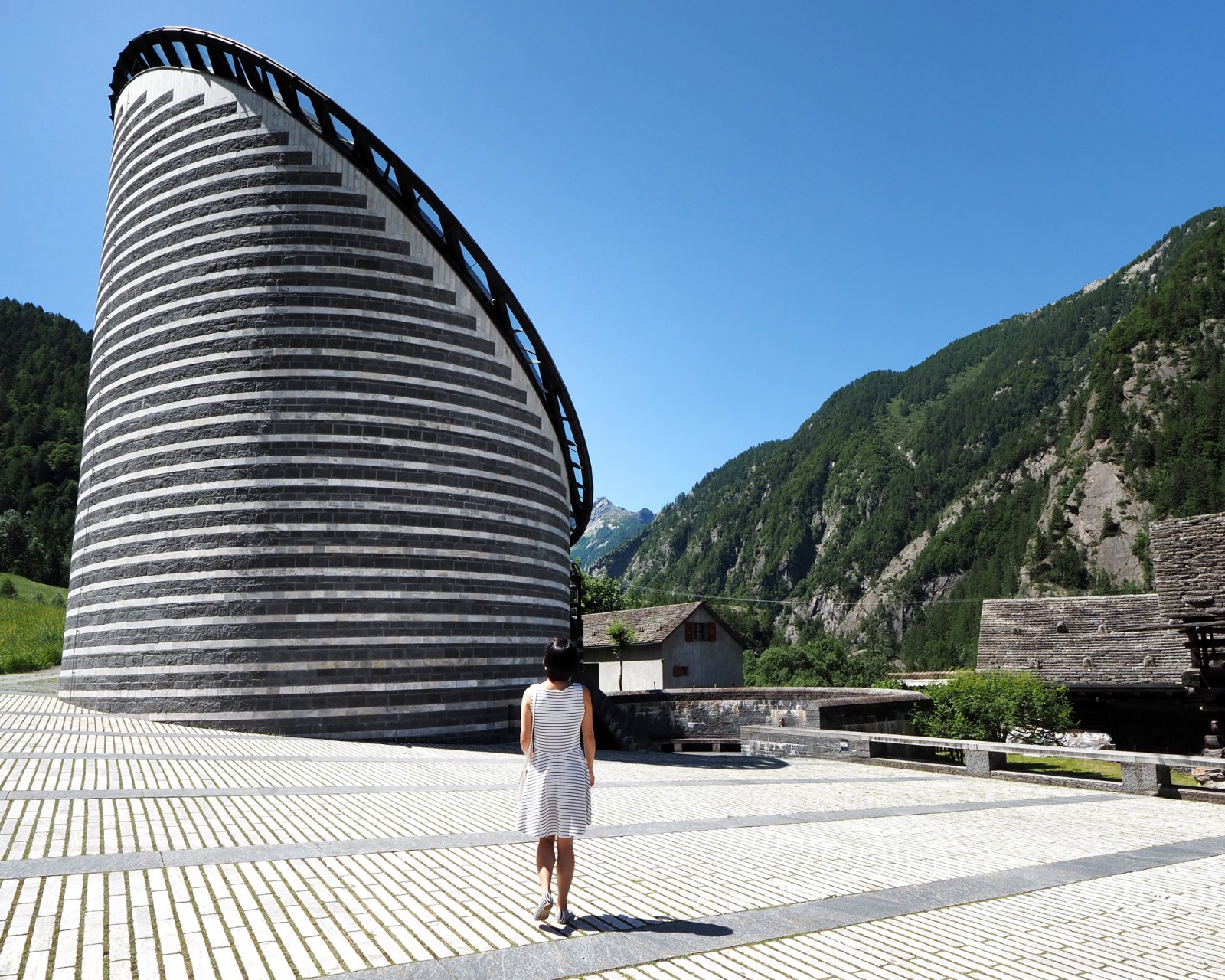
The Church of San Giovanni Battista draws us in. The geometric marble patterns lead the eye and are simply mesmerizing. The marble is from a local quarry and marks the identity of this sacred place. As we contemplate inside the church, it becomes evident why the Pantone experts named these hues Mogno Marble White.
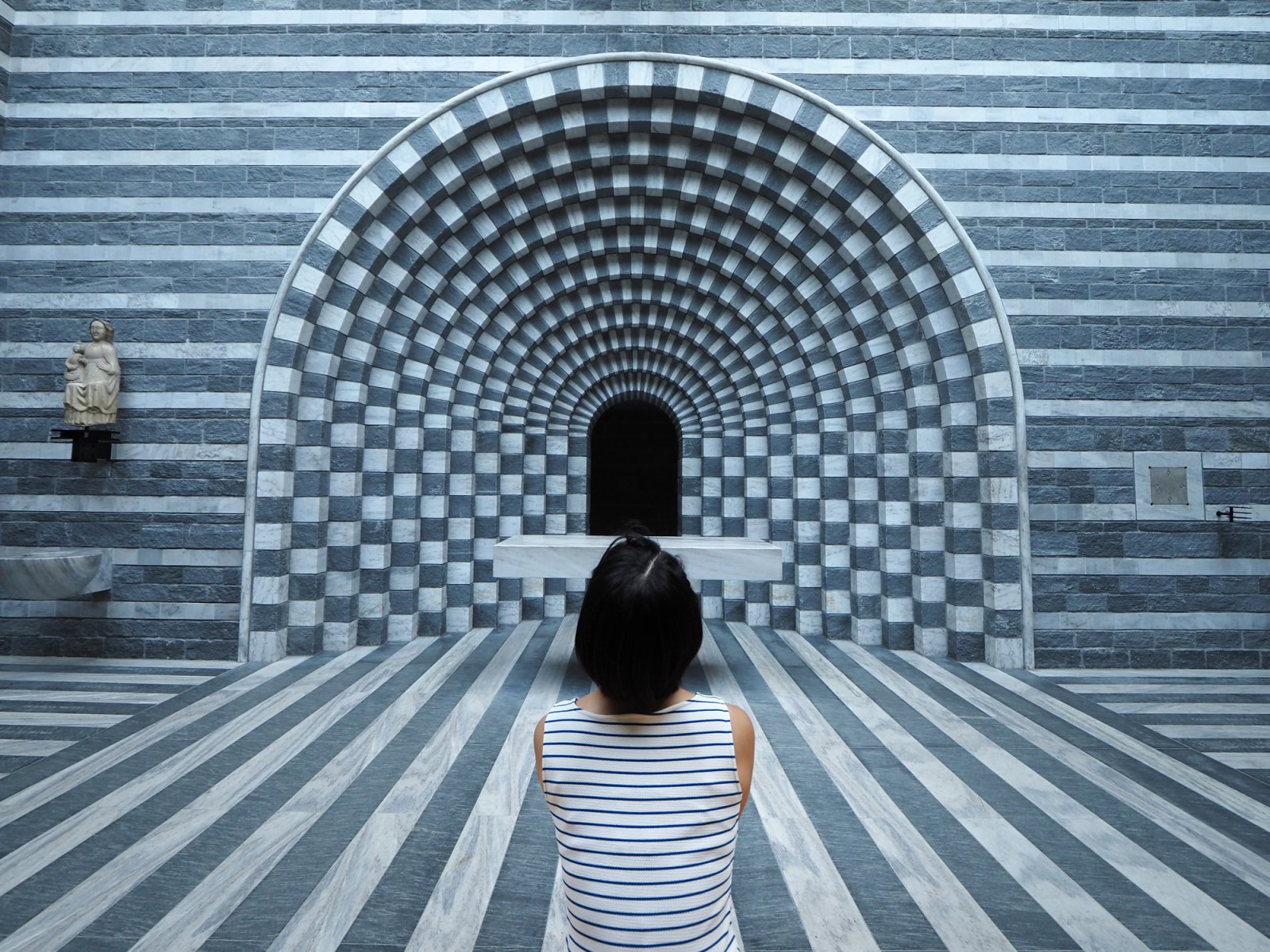
Lugano Sunset Orange
We end our colorful journey in Lugano. This city, with its curved bay and wooded peaks, reminds us of Rio de Janeiro. And just like Sugarloaf Mountain, both Monte Brè and Monte San Salvatore offer some romantic sunsets.
During weekdays, Lugano is all about business and education. But on weekends, the town will regularly flip the switch and host some cool festivals. Tonight, Lugano is abuzz with a frenzy of nostalgics like us: the Summer Jamboree vintage festival is in town, attracting colorful classic cars and live bands.
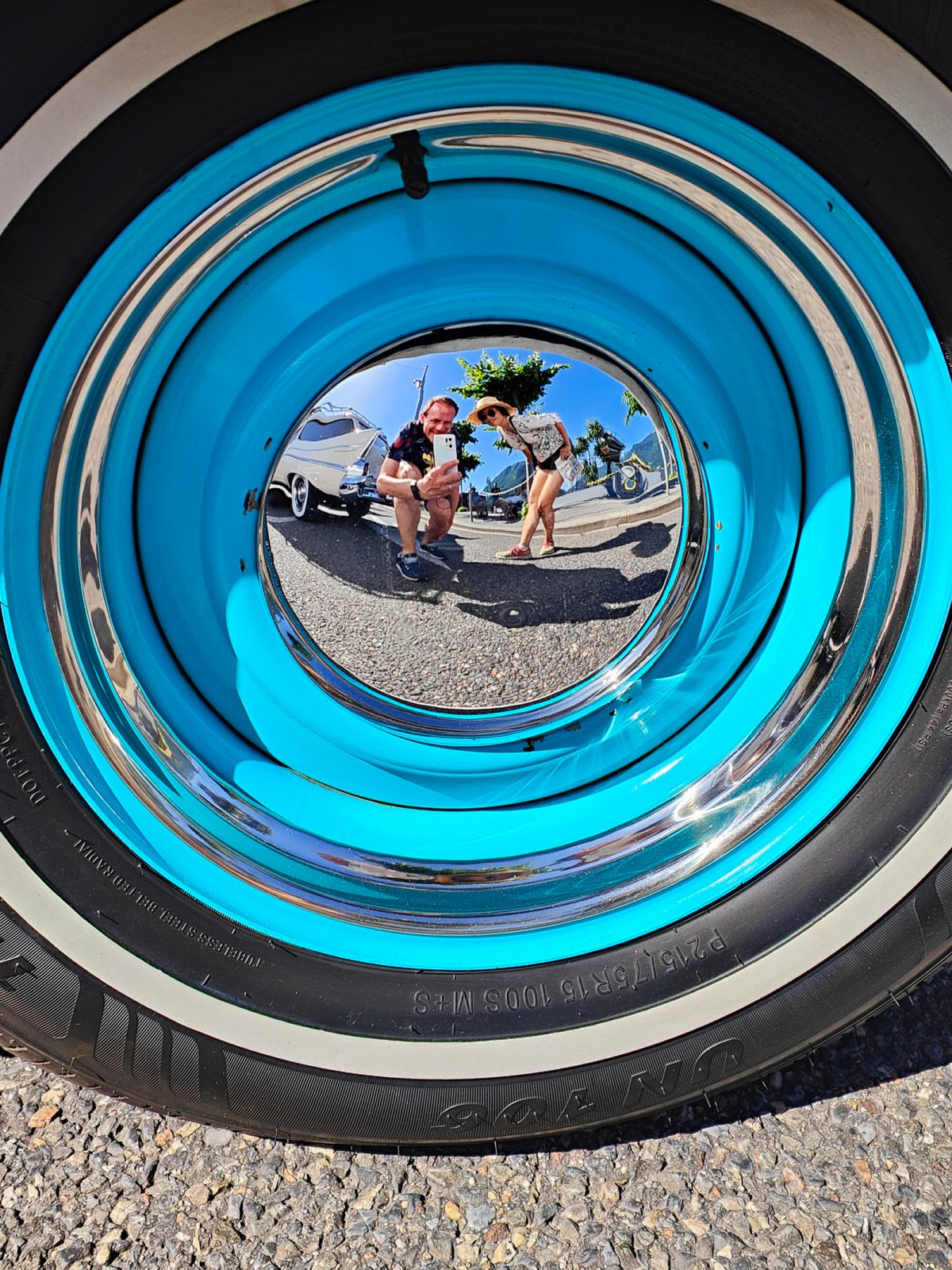
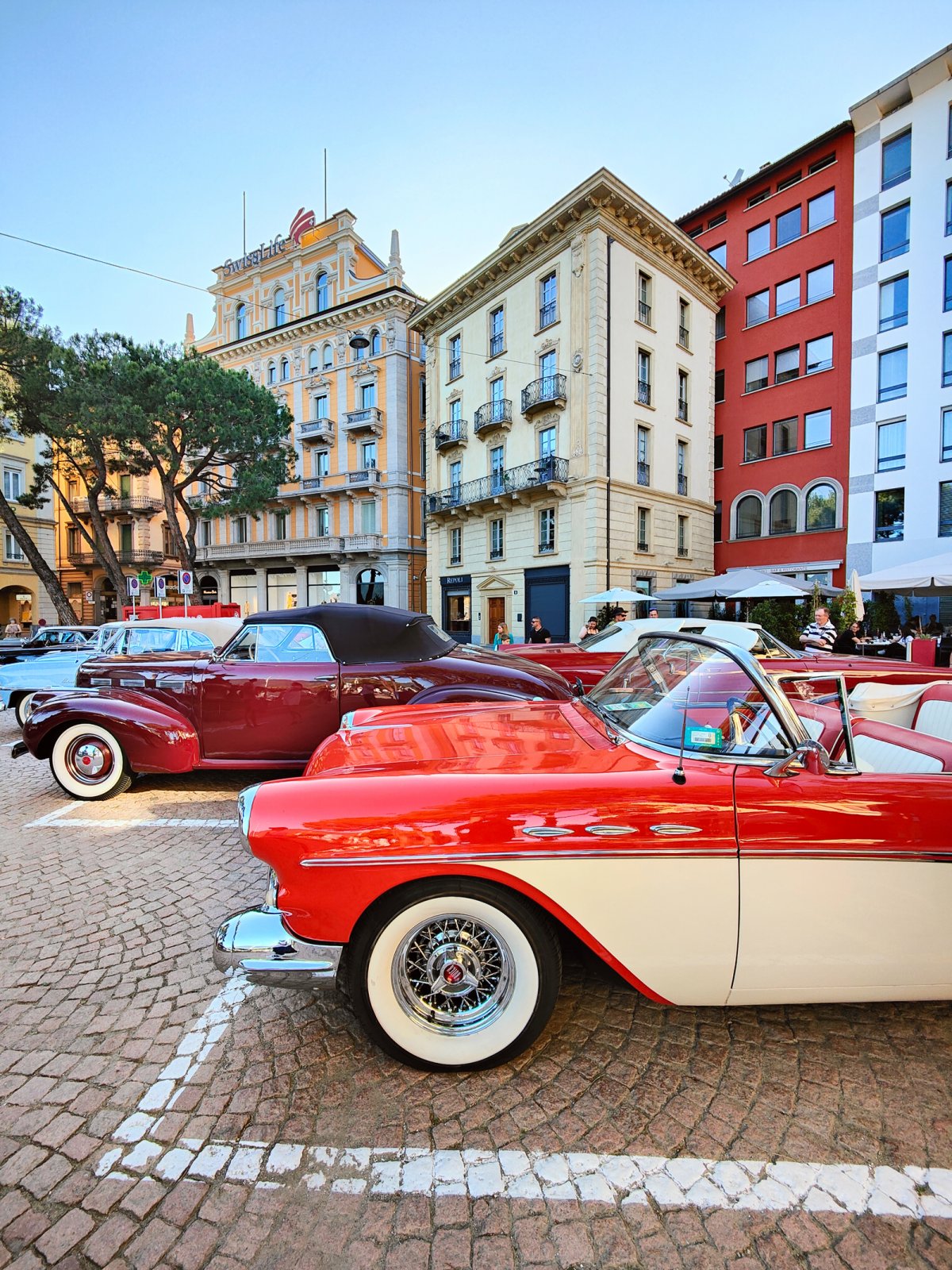
Usually, we would time it right to situate ourselves on Monte Brè, our favorite sunset spot in Lugano. But while dancing Boogie Woogie on the Piazza della Riforma square, we forget the time.
And so, right after the sun has set, we capture one final color down by the lake: Lugano Sunset Orange. What an enriching way to see the world through Pantone-colored lenses.
What are the Pantone Colors of Ticino?
The ten Pantone-approved Colors of Ticino symbolize the sheer diversity of this region. From mountains to forests and lakes, from architecture to culture, and from past to present, they are:
